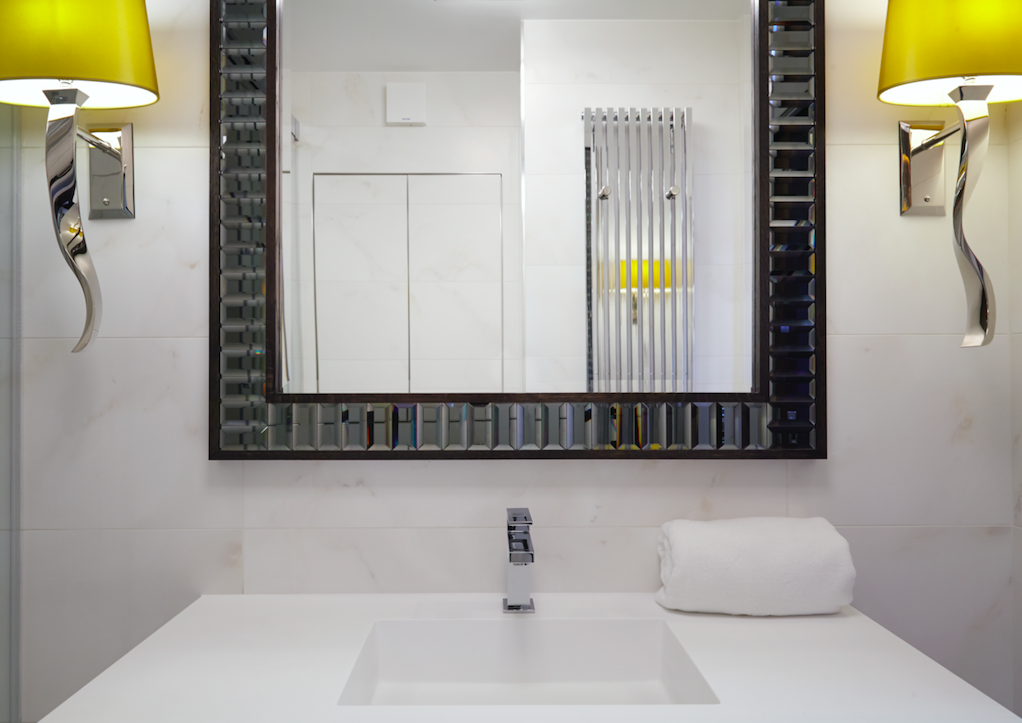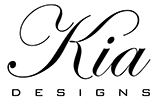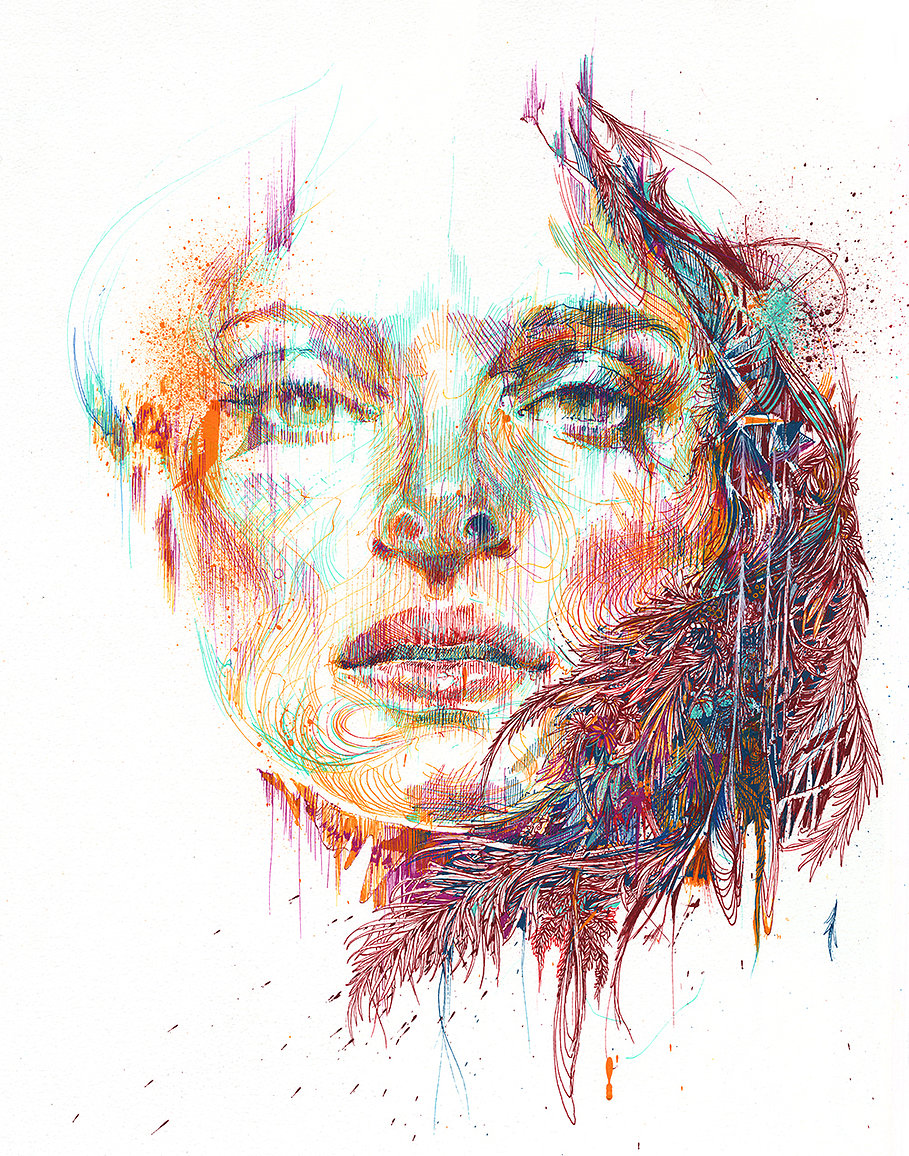
How To Present Your Interior Design to Clients
We’re often asked about our design process, and how best to display and present your Interior Design to our clients. We’ve already blogged about why we don’t use 3D visualisations so let’s talk about what we actually do.
Having spoken to the client and established what they need and want to get out of the process, and having seen a selection of images they like and established a sense of their taste and lifestyle, work beings on creating a scheme. Functionality comes first – there are set requirements to fill and problems to solve. Then we look at decorating and filing the space appropriately. We have an extensive portfolio of suppliers we work with often, who we know to be reliable, excellent quality, deliver on time and on price and suit a variety of budgets. We also always attend trade fairs and have a list of new suppliers we are interested in forming relationships with. Where we research depends entirely on the client. At the moment we are looking for a client who wants items completely in keeping with their Victorian mansion, that look very English. We’re looking at vintage pieces from places like Christie’s Interiors auctions and at reputable antique dealers, but keeping the budget under control with other pieces from Coach House Antiques. In contrast,the design brief for another project we have calls for more glam, unique items, where the look and feel is the key determining factor, not budget, so we’ve spent more time on 1st Dibs, LuxDeco and the glossy showrooms of Chelsea Design Harbour.
When we’ve selected a few key items, the rest of the scheme comes together fairly fluently. The fabric and style of a sofa usually has an overbearing influence on everything else in the living room, for example, it will dictate the size and height of the coffee table and rug, so that will drastically narrow the field when you are searching products. We also use this time to push clients towards items they might not have considered or have previously dismissed. A current client said she liked the wooden venetian blinds currently in her flat and would like them replaced with something similar. When we asked why, she said that fabric blinds get too dirty (she is above a busy road) and plantation shutters cut out too much light, and she couldn’t think of any other options. We can, however, think of lots of other options, so it’s always worth understanding why your clients do and don’t want items in their new home. Sometimes the clients isn’t always right – “I don’t want a fabric sofa, I spill tea on it and can’t wash it” (ok, you spill tea – we’ll get you a fabric sofa where you can unzip every cushion and wash to your heart’s content).
So when we think we’ve come up with a suitable design scheme, we put together a presentation (slide show) and talk through our plans and the furnishings for each room. The client usually mulls it over for a few days and then often makes a few changes (sofa too low, wallpaper too blue) and then we make adjustments accordingly. We also give them a complete costing sheet. That also helps them make decisions about the design – “I’m not keen on those bedside tables and they are more than I’d like to spend on something I’m not sure about”. Below is a presentation we have just given to an actual client. We’ll post again after they have come back to us with the necessary amendments and we’ll show you how the design evolves.


